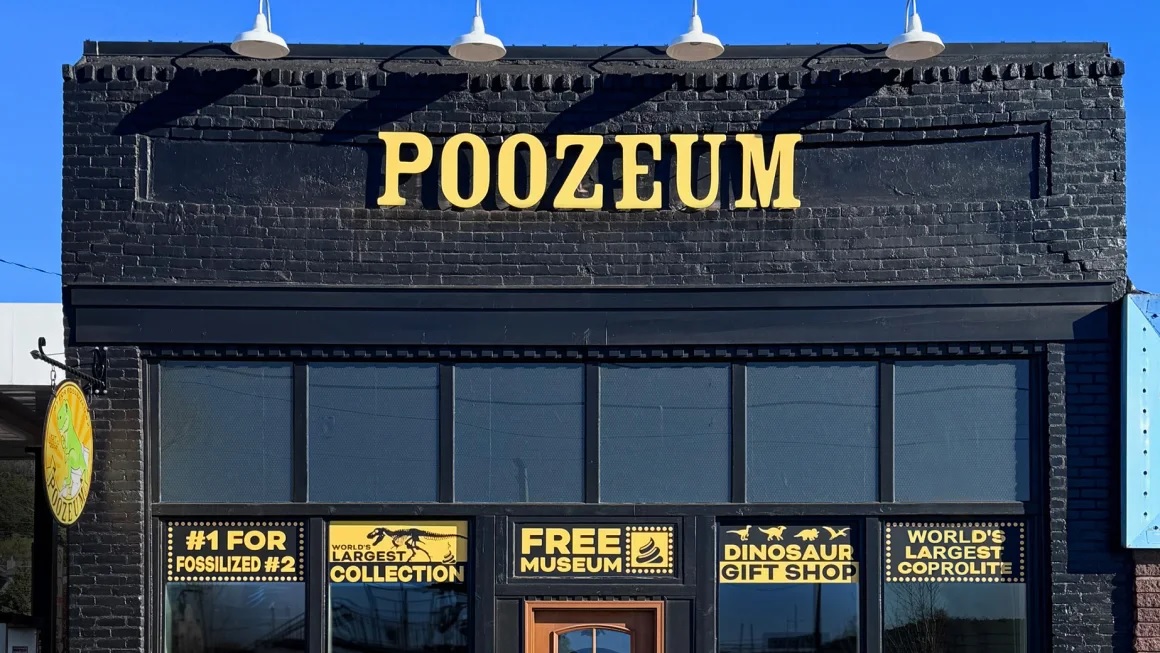A fascinating showcase of fossilized feces
George Frandsen has the world’s largest collection of fossilized poop; therefore; he decided to open a Poozeum.
At least that is what he has named his recently opened museum in Williams, Arizona. The roughly 8,000 pieces that comprise his coprolite collection—also referred to as fossilized poop—are freely accessible to visitors.
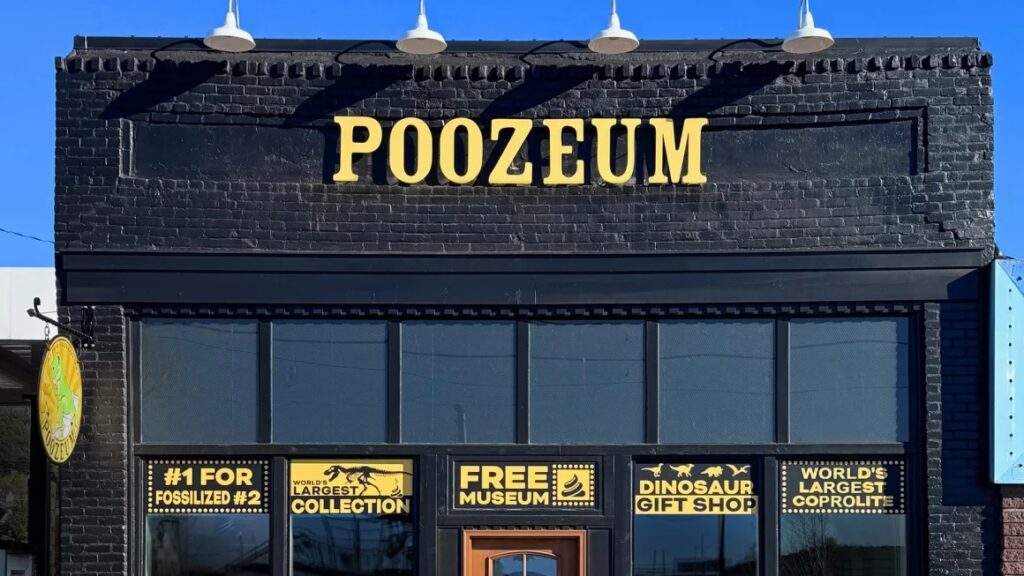
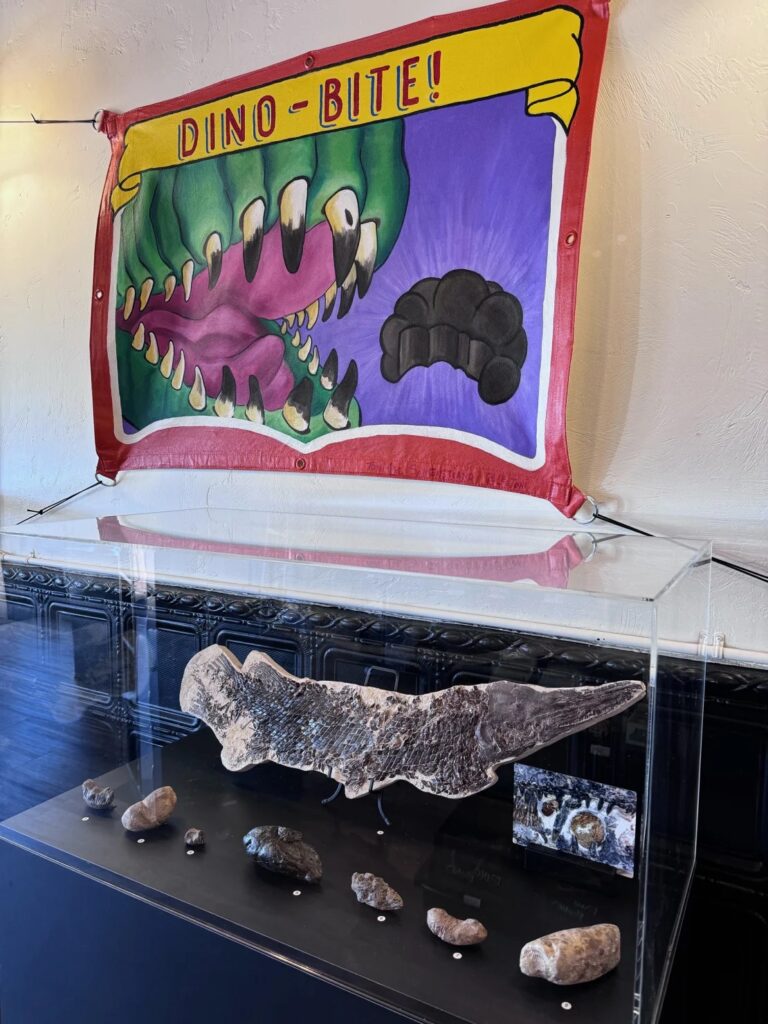

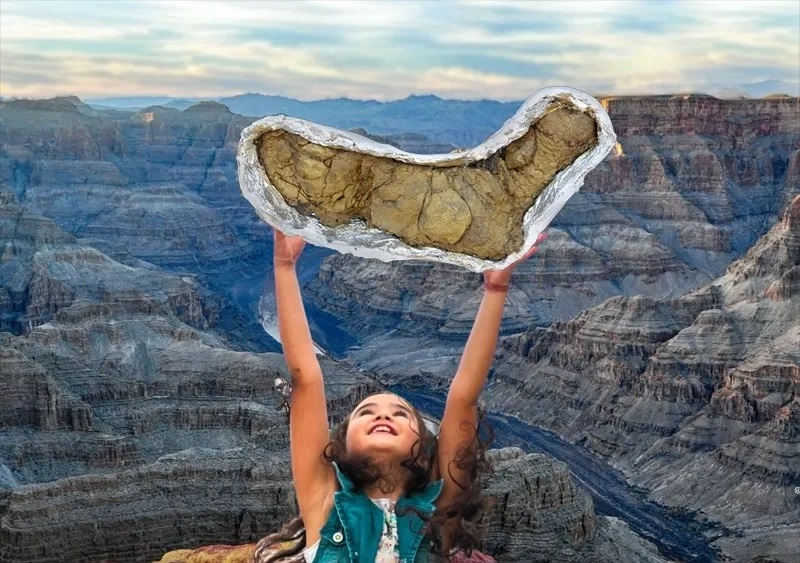

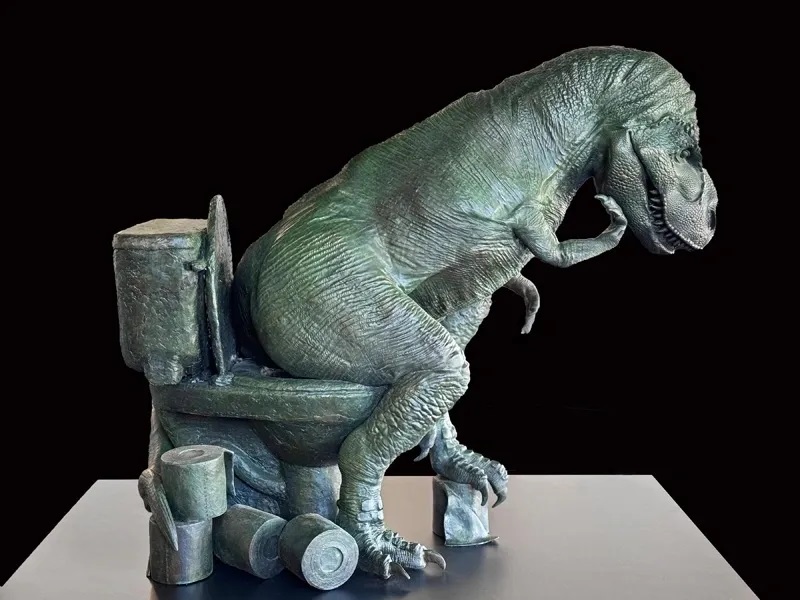
“Initially, many people react with a ‘yuck’ face or laughter when they first hear about the Poozeum. However, after witnessing the collection, their reactions often shift to shock at the diverse and intriguing nature of coprolites,” Frandsen told Guinness World Records.
“Given that most people have little to no experience with coprolites, it’s enjoyable to introduce them to this fascinating world and share the wonders they hold.”
As reported here, since he was eighteen, Frandsen has been enthralled with dinosaurs and fossils, and his fascination even grew when he saw fossilized excrement on a visit to a rock and fossil shop in Utah.
“Instantly, I found it both hilarious and fascinating,” he said. “This sparked my curiosity, leading me to learn everything I could about coprolites. I soon realized that these peculiar prehistoric ‘time capsules’ offer direct insights into the diets, behaviors, and environments of ancient creatures.”
When he learned that fossilized feces were frequently not exposed in public spaces, he decided to build a traveling exhibition that would be on display in museums across the United States. He first established the museum in 2014 as an online resource center.
“The enthusiastic response from visitors to these temporary exhibits highlighted the demand for a dedicated space where coprolites could be prominently showcased and their scientific significance thoroughly explored,” Frandsen added.
In order to follow his “crazy idea” of launching a Poozeum, he abandoned his job at a large healthcare company, sold his property, and relocated 2,000 miles to Williams, which is known as the Grand Canyon’s gateway.
There, tourists can see pieces such as the largest known fossil of a carnivorous animal’s stool, which measures 67.5 cm (26.6 inches) by 15.7 cm (6.2 inches) and most likely originated from a Tyrannosaurus Rex. Additionally, the collection includes some coprolites that have biting marks on their surface or teeth embedded in them.

